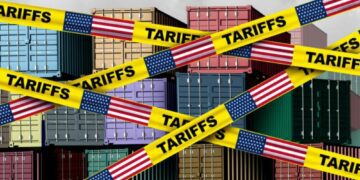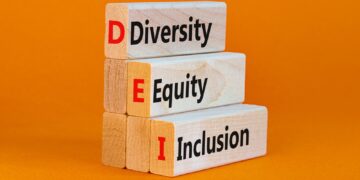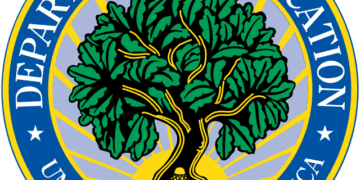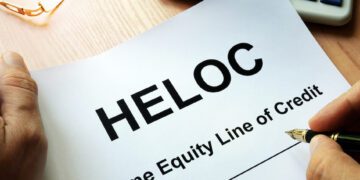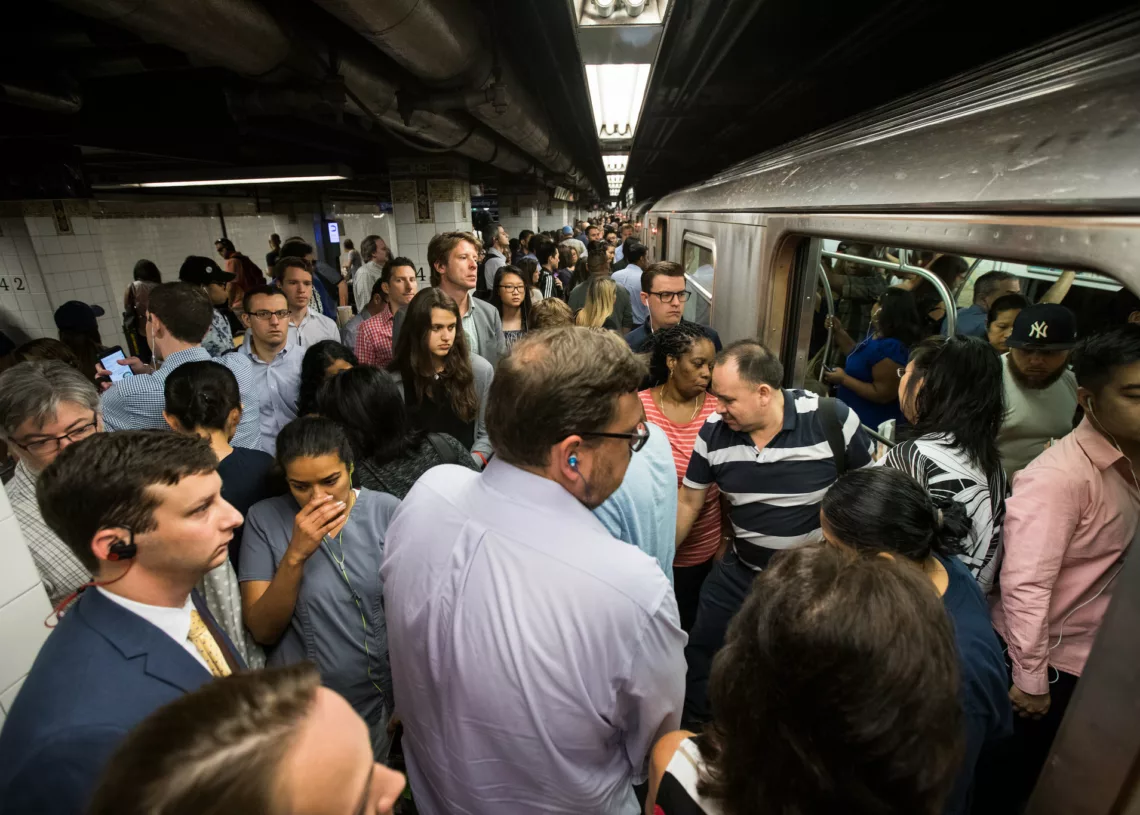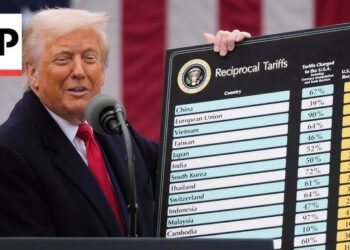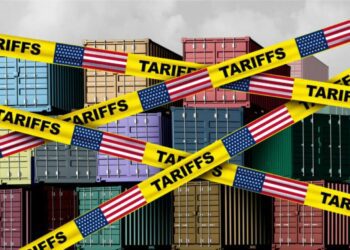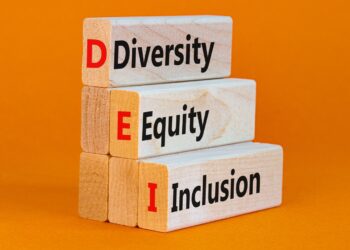In the throbbing heart of New York City, where the pulse of life beats relentlessly, the debate surrounding government spending on public transportation reverberates louder than ever. As a resident entrenched in the daily struggle with the intricacies of the Metropolitan Transportation Authority (MTA) and Long Island Rail Road (LIRR), the question resounds with a sense of urgency: Should the government increase spending on public transportation? This multifaceted issue demands a meticulous examination, delving deeper into the state of current services, exploring the potential benefits, and addressing the prevailing skepticism regarding the government’s stewardship of allocated funds.
The Current State of Public Transportation
The MTA and LIRR Conundrum
Amidst the urban sprawl, the reality of public transportation reveals a complex tapestry of challenges. The MTA and LIRR, despite receiving increased funding, seem trapped in a quagmire of stagnation or even deterioration. Commuters grapple with subpar cleanliness, persistent delays, and the disconcerting presence of homelessness and crime on trains. The dissonance between the promised improvements and the stark reality demands scrutiny.
Where Is the Money Going?
In the labyrinth of financial intricacies, questions arise about the allocation of funds. The taxpayer’s dollar should be a beacon of improvement, yet doubts linger. What is transpiring behind the scenes? Is the money derived from taxes and government funding being judiciously utilized to elevate the public transportation experience? Transparency in financial management is not just a demand but a prerequisite for fostering trust and garnering support for further investments.
The Potential Benefits of Increased Spending
Environmental Impact
Beyond the confines of the concrete jungle, an improved public transportation system holds the promise of transformative environmental benefits. The reduction in the number of cars traversing the city streets translates to decreased traffic congestion and a notable decline in carbon emissions. The potential positive impact on air quality and overall environmental health cannot be overstated. Investing in public transportation becomes synonymous with investing in a sustainable future.
Free Ridership: A Bold Proposition
Advocates for equity and social justice contend that public transportation should be accessible to all, free of charge. The rationale is simple yet profound – if tax dollars contribute significantly to its funding, shouldn’t the service be freely available to the public? This proposition not only aligns with economic progressivism but also serves as a potential solution to the perennial issue of traffic congestion, encouraging more people to opt for public transportation over private vehicles.
The Dilemma of Trust
Government Accountability
As the prospect of increased spending looms, the elephant in the room remains the government’s ability to handle funds responsibly. Skepticism regarding bureaucratic accountability in managing financial resources persists. Instances of mismanagement, corruption, and inefficiency in public projects create an atmosphere of caution. Trust, a fragile commodity, becomes central to the discourse.
Learning From the Past
The annals of history are replete with examples of failed projects and misappropriation of funds, casting a shadow on the present deliberations. The ghosts of past mistakes haunt the decision-making process, underscoring the imperative need for caution. Without robust mechanisms for accountability, the risk of squandering resources on ineffective endeavors becomes an ever-present concern.
Striking a Balance: The Way Forward
As we grapple with the question of whether the government should increase spending on public transportation, the answer remains elusive. The dichotomy between the urgent need for improved services and reservations about government accountability complicates the decision-making process.
Bold Link: How to Determine Your Political Ideology
In this labyrinth of urban complexity, where convenience meets skepticism, finding a balance becomes imperative. Perhaps the solution lies in establishing transparent financial practices, fostering public-private partnerships, and engaging citizens in decision-making processes. Only then can we pave the way for a public transportation system that not only meets the needs of the people but also aligns with the imperatives of a sustainable and equitable future.
“In the journey towards a better public transportation system, trust is the currency that must be earned, not just spent. The path forward demands a delicate dance between progress and prudence.”

























